The Use of Water Cooling Pads in Greenhouses for Temperature Control: Pros, Cons, and Effectiveness
Greenhouse gardening provides amazing prospects for year-round plant growth, but proper temperature control can sometimes be tricky, particularly in warmer climates. Water cooling pads, usually integrated into an evaporative cooling system, have emerged as a hot favorite for greenhouse temperature management. By tapping into the natural phenomenon of water evaporation, these pads establish a comfortable setting for plants to grow. In this blog, we’ll explore how water cooling pads work, their pros and cons, and their effectiveness in managing greenhouse temperatures.
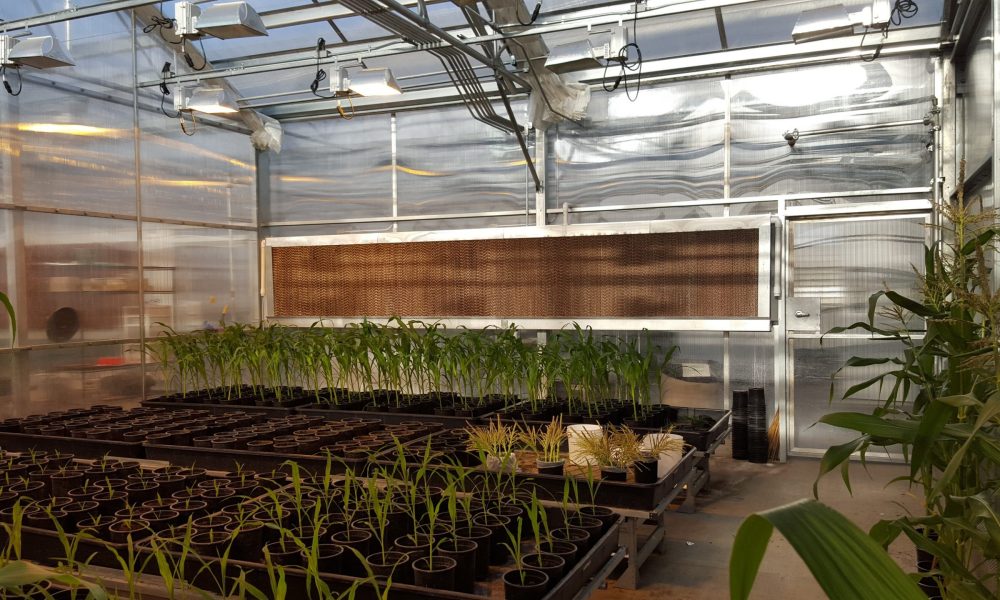
How Water Cooling Pads Work in Greenhouses
Water cooling pads, which are found in fan-and-pad evaporative cooling systems, function on a basic but effective principle. Exhaust fans draw hot outside air through water-soaked pads, usually corrugated cellulose or aspen fiber. When the air travels through the wet pads, the water evaporates, taking heat with it and cooling the air. The cooled air is circulated throughout the greenhouse, lowering the overall temperature and giving plants relief from overheating.
This technique is especially common in business greenhouses and dry areas, where it can greatly enhance growing conditions. But as with any system, water cooling pads have both pros and cons. Let’s dig in.
Pros of Water Cooling Pads in Greenhouses
Energy Efficiency
In comparison to conventional air conditioning, water cooling pads consume much less electricity. They only need fans and a water pump for operation, so they are a very green and affordable way to control temperature. This is a big advantage for growers who want to lower energy costs.
Effective Cooling in Dry Climates
Water cooling pads excel in dry, hot climates where humidity is low. Evaporation can cool greenhouse temperatures 10-20°F (and more under ideal conditions), establishing a consistent environment for sensitive heat crops.
Greater Humidity
As water evaporates, it tends to increase humidity within the greenhouse. This can be a plus for plants that love to grow in moist environments, making supplemental humidification systems unnecessary.
Better Air Quality
The steady stream of fresh, chilled air over the pads aids in eliminating stale air and restoring the level of carbon dioxide, which is necessary for healthy plant growth and photosynthesis.
Cost-Effective Installation and Operation
Water cooling systems are less costly to install and maintain in comparison to mechanical refrigeration units. Having less number of moving parts, they also need minimal maintenance when correctly controlled.
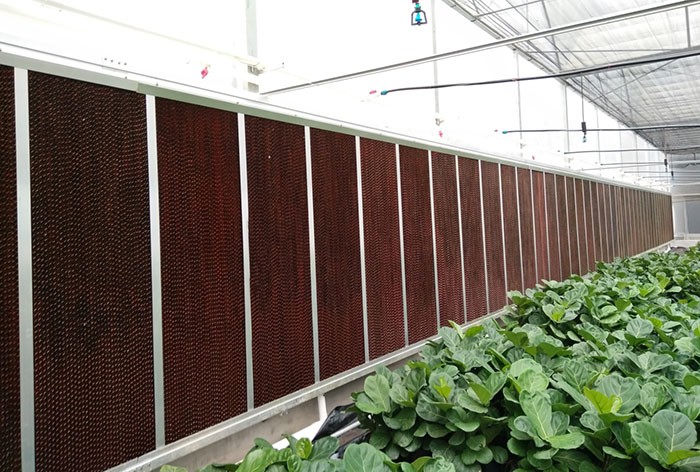
Cons of Water Cooling Pads in Greenhouses
Poor Performance under Humid Conditions
The effectiveness of water cooling pads decreases in high relative humidity regions. If the air is saturated with water vapor, evaporation becomes slower, which lowers the cooling capacity. This renders them less convenient to use in humid areas.
Potential for Excess Humidity
Although more humidity can be a plus, it can be a minus if not closely regulated. Excess moisture in the greenhouse can become a breeding ground for mold, mildew, and plant illness, particularly in low-ventilation areas.
Maintenance Requirements
Cooling pads should be kept in good condition through regular maintenance. Algae, mineral deposits, and trash may clog the pads, constrict airflow, and lower cooling capacity. Growers should periodically flush and clean the system as well as maintain a consistent water supply.
Temperature Gradients
In bigger greenhouses, air might get hotter while passing from the pads to the exhaust fans, causing irregular temperatures throughout the facility. Appropriate system planning and fan placement are essential to avoid this condition.
Water Dependency
Water cooling pads need a continuous supply of water in order to work. During times of drought or where there is limited water, this would become a challenge to growers using evaporative cooling.
How Effective are Water Cooling Pads
The success of water cooling pads relies on a number of factors, such as climate, system design, and upkeep. In arid, hot climates, they can be extremely effective, lowering greenhouse temperatures by as much as 20°F below the ambient air. For instance, in a desert environment where the outdoor temperature reaches 100°F with minimal humidity, the air exiting the pads might decrease to 80°F or less, giving a tremendous cooling advantage.
In more humid climates, though, the cooling effect is reduced. The dry bulb temperature (normal air temperature) minus the wet bulb temperature (the lowest temperature that is possible with evaporation) establishes the highest cooling effect. In high-humidity regions, this margin is lower, restricting the pads’ cooling capacity.
Sizing properly is also important. An appropriately designed fan-and-pad system must achieve one complete exchange of air every minute, and there should be sufficient pad surface area and fan capacity to meet the greenhouse’s volume. Installed and used properly, water cooling pads can hold growing conditions in an optimum state (around 75-85°F) for a great variety of crops throughout even the hottest months of the year.
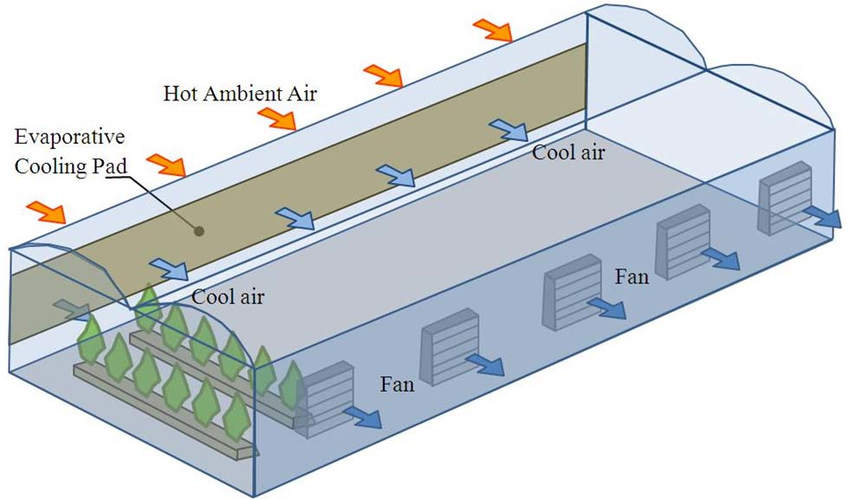
Tips for Maximizing Effectiveness
- Select the Correct Pad Material: Corrugated cellulose pads are sturdy and effective, with a longer life than aspen fiber alternatives.
- Keep an Eye on Humidity: Utilize a humidistat to avoid too much moisture accumulation and complement the system with adequate ventilation.
- Maintenance Every 4-6 Weeks: Clean pads and flush the system to avoid clogs and maximize performance.
- Optimize Placement: Place pads in the direction of the prevailing winds and fans on the other end to achieve optimal airflow and cooling uniformity.
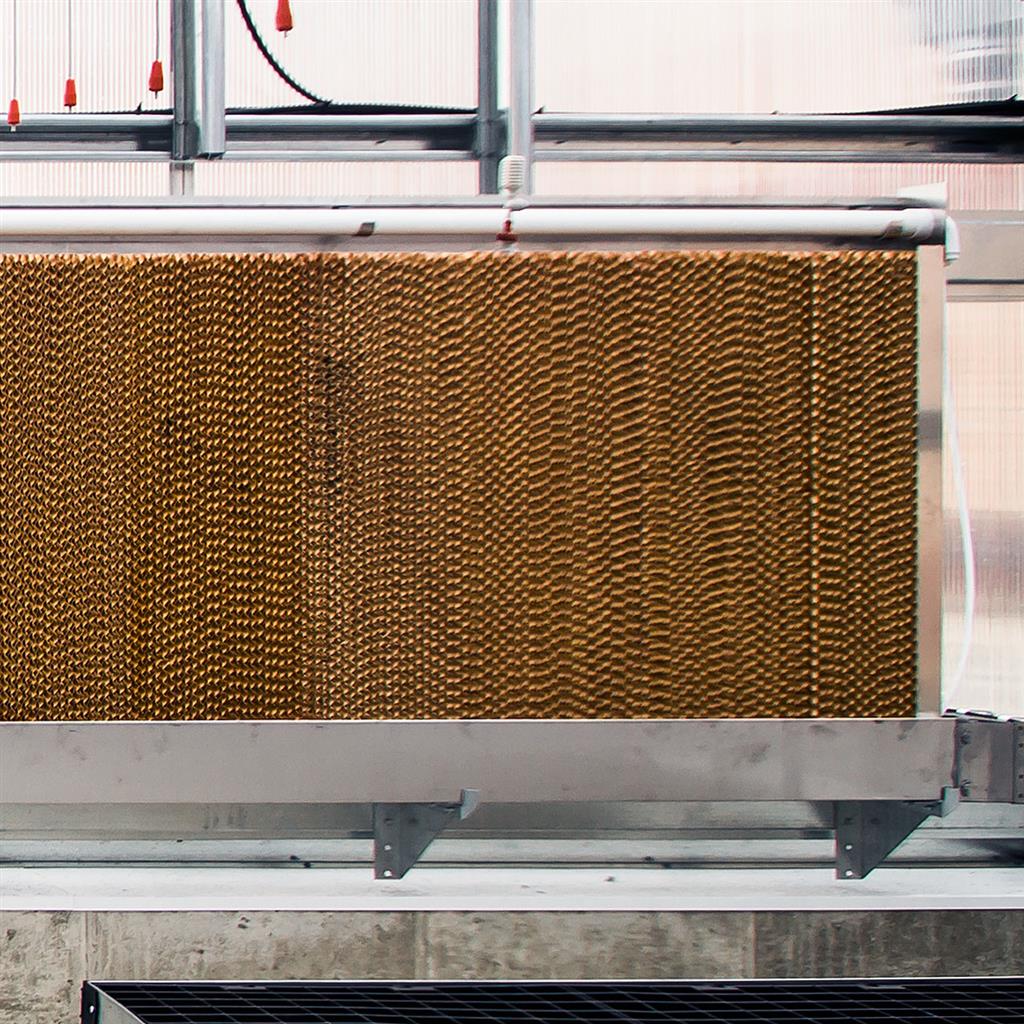
Conclusion: Are Water Cooling Pads Right for Your Greenhouse?
Water cooling pads provide an energy-conscious, cost-effective means of regulating greenhouse temperatures, and growers in arid climates find them a first choice. Their potential to chill the air while increasing humidity can transform a hot greenhouse into a productive growing environment. Their power, though, relies on external conditions and regular maintenance—arid climates and neglect will nullify the advantages.”.
For farmers looking for sustainable temperature management, water cooling pads are a viable option. Evaluate your area climate, size of greenhouse, and crop requirements to see if this system will work for your operation. With the proper method, these pads will allow you to grow healthy plants, regardless of the time of year.

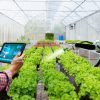
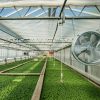








Add comment